Call 724-253-2771
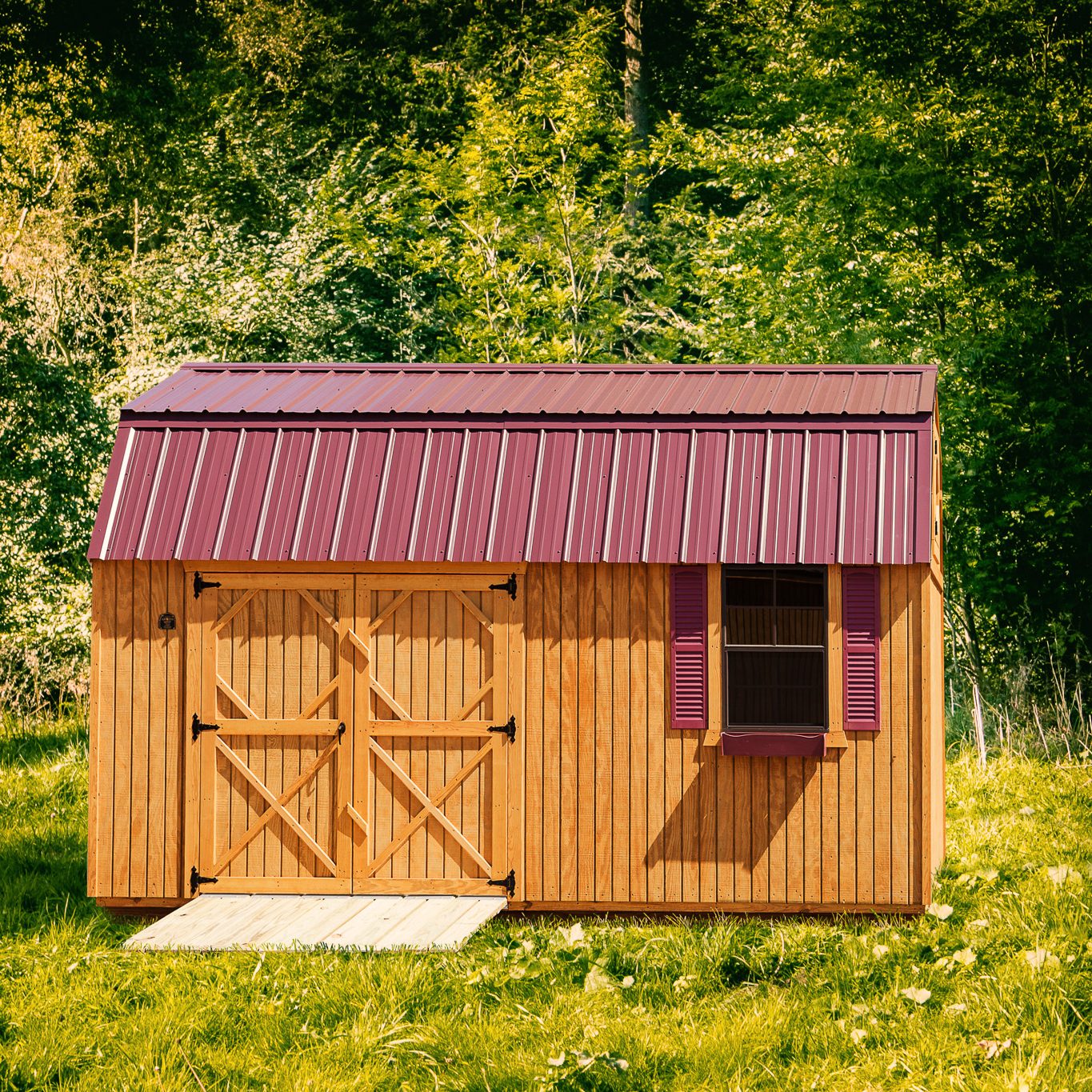
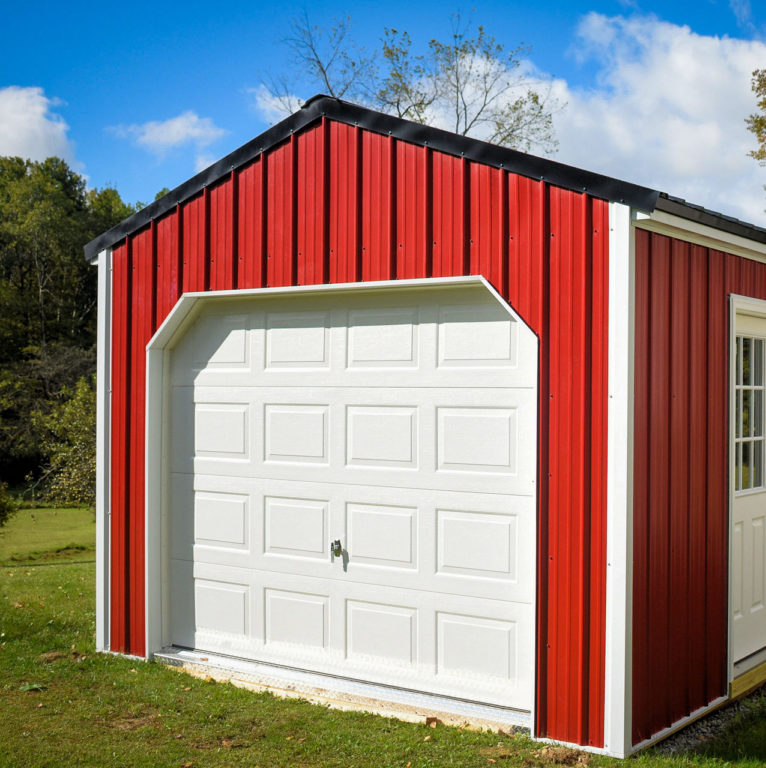
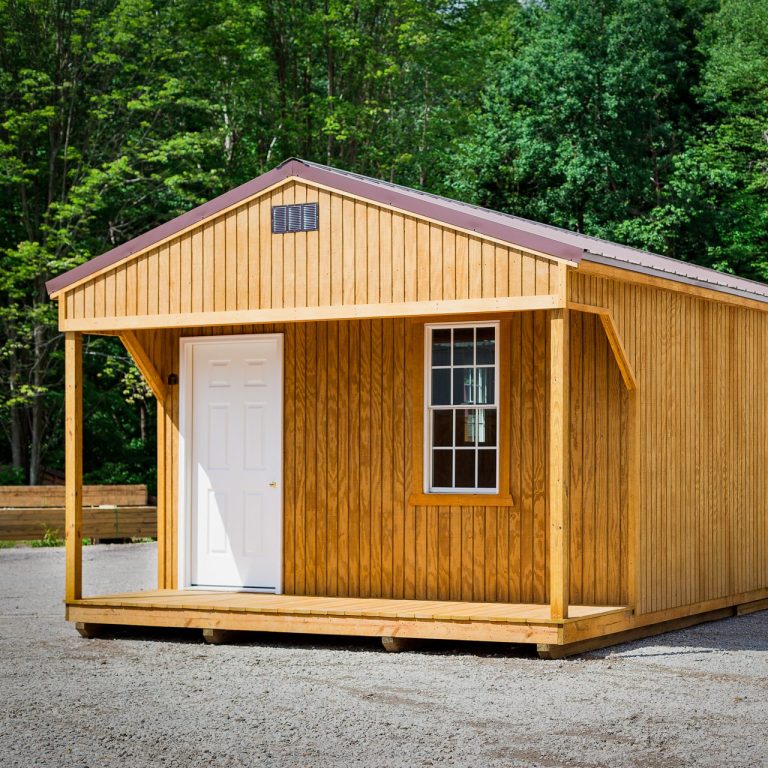
Get a free quote or Design Your Building
Want to see if a Gold Star building is right for you? Get a FREE quote or use our 3D Builder to design your own shed, garage, or cabin!

Learning how to heat a prefab garage in the winter can be challenging, especially if it’s not properly insulated. Here are several effective tips that you can use to effectively keep your garage space warm in the cold months.
Table of Contents
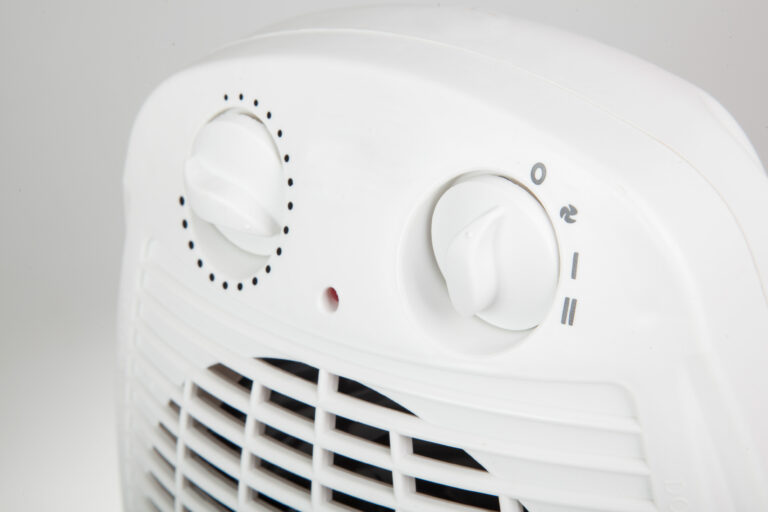
A space heater is a cost-effective way to heat your prefab garage during the winter. You can choose from different types of space heaters, such as electronic, propane, or natural gas heaters. Make sure to follow safety guidelines when using a space heater and keep it away from flammable materials.
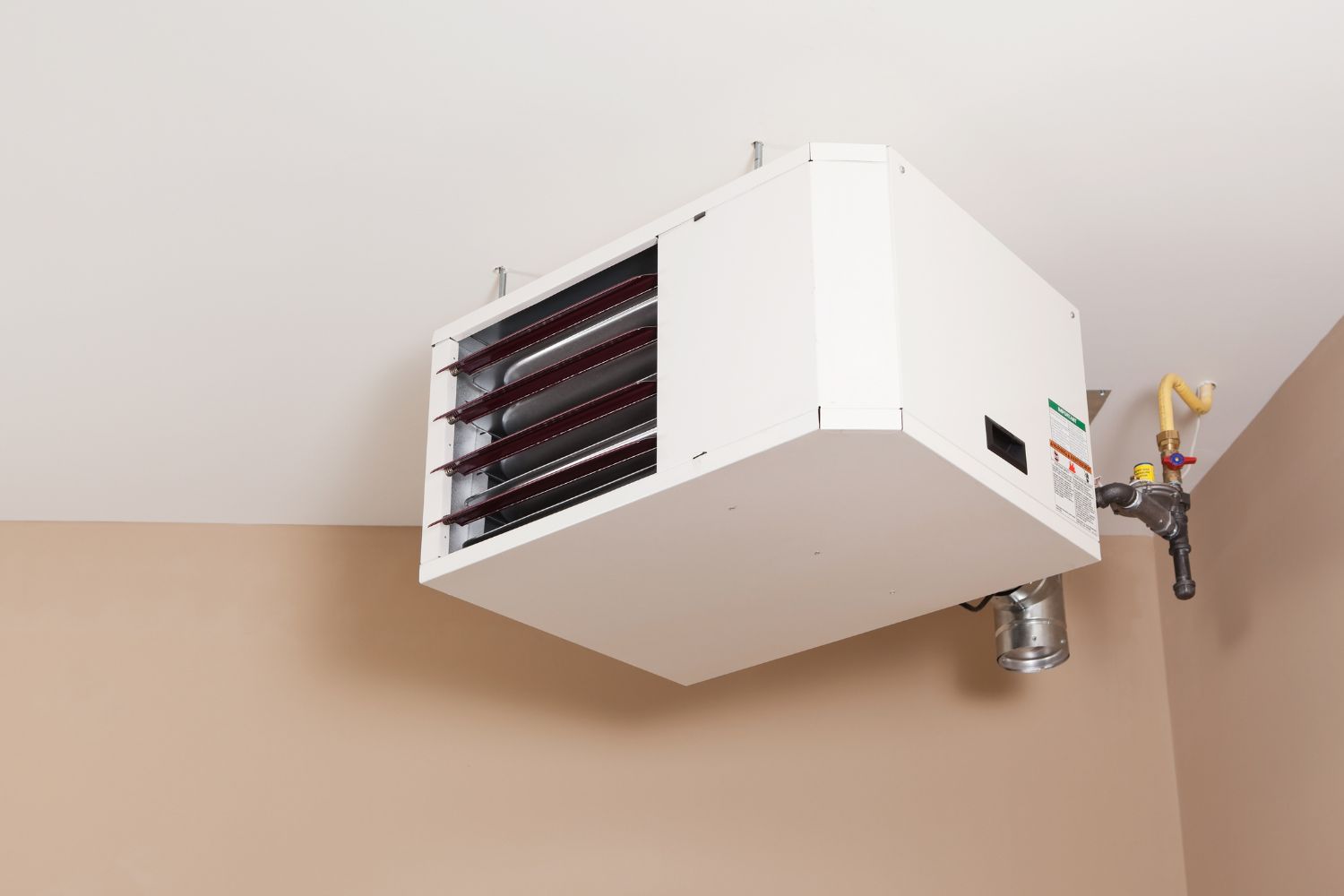
A garage heater is a more permanent solution if you want to learn how to heat a garage during the winter. You can choose from different types of garage heaters, such as electric, propane, or natural gas heaters. Installing a garage heater will provide consistent heat and keep your garage warm throughout the colder months.
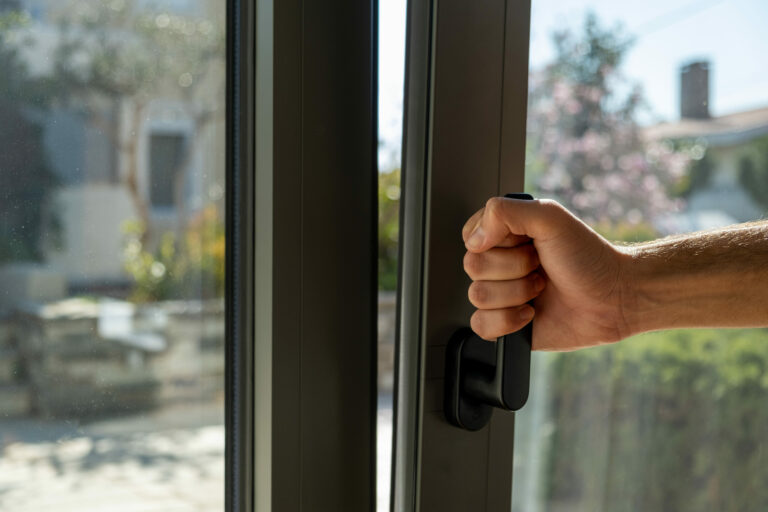
Air leaks can cause heat loss and make it difficult to keep your prefab garage warm during the winter. Seal all air leaks around doors, windows, and other openings in the garage using weatherstripping, caulking, or foam sealant. This will prevent cold air from entering the garage and keep the warm air inside.

If your prefab garage has a concrete floor, it can get very cold during the winter. Using rugs or carpets on the floor will help insulate the garage and keep it warm. Additionally, the rugs or carpet will provide a non-slip surface and make it easier to walk around in the garage.
Electric heaters are a convenient and cost-effective way to heat a room or a small space. They are easy to use, require little maintenance, and are generally safe. However, it is important to follow safety guidelines when using electric heaters, such as keeping them away from flammable materials and never leaving them unattended. Here are some of the most common types of electric heaters for prefab garages:
A propane heater may be a great option if you are looking for ways how to heat a garage. Propane garage heaters are much cheaper to operate than electric heaters and are efficient and safe to use. It is wise to use a vented propane heater since garages don’t usually have good airflow.
Insulating your garage door can help keep your garage warmer and more energy-efficient during the winter months. Here are the steps to insulate your garage door:
Measure the width and height of each panel in the garage door to determine the amount of insulation you will need.
There are various types of insulation materials available such as foam board, reflective insulation, or fiberglass batts. Consider the R-value of the insulation, which measures the insulation’s effectiveness in resisting heat flow. The higher the R-value, the better the insulation.
Cut the insulation to fit each panel in the garage door. If using foam board, use a utility knife to cut it to the right size.
Attach the insulation to the garage door using a strong adhesive such as construction adhesive. Place the insulation against the door panel and apply the adhesive around the edges and middle of the panel. Press the insulation firmly in place and hold it until the adhesive sets.
If desired, you can cover the insulation with a reflective barrier or a vinyl sheet to protect it from damage and give the door a finished look.
Install weather stripping around the garage door to seal any gaps between the door and the garage frame. This will prevent cold air from entering the garage and keep the warm air inside.
Once the insulation is installed, test the effectiveness by monitoring the temperature inside your garage. You should notice a difference in the temperature and reduced draftiness.
Door stops are typically made of rubber or similar material and are attached to the frame of the garage door. When the garage door closes, the door stop creates a seal between the door and the frame, preventing cold air from entering and warm air from escaping. This can help to improve the energy efficiency of your garage and reduce heating costs.
Bottom tracks are installed at the bottom of the garage door, creating a guide for the door to move along. Some bottom tracks are designed to be adjustable, allowing for a tighter seal between the door and the track. This can help to prevent air leaks and improve the insulation of the garage.
Insulating your prefab garage is essential to keep it warm during winter. You can use insulation material such as fiberglass batts, rigid foam, or blown-in insulation to insulate the walls, ceiling, and floor. Proper insulation will prevent heat loss and keep the garage warm.
Overall, insulating prefab walls and floors is an important step in creating a comfortable and energy-efficient living space. By choosing the right insulation materials, installing them properly, and using high-quality materials, you can ensure that your home is well-insulated and comfortable year-round.
Overall, insulation is an important component of a building’s construction or renovation. It provides a wide range of benefits, including improved energy efficiency, increased comfort, moisture control, increased durability, and increased resale value.
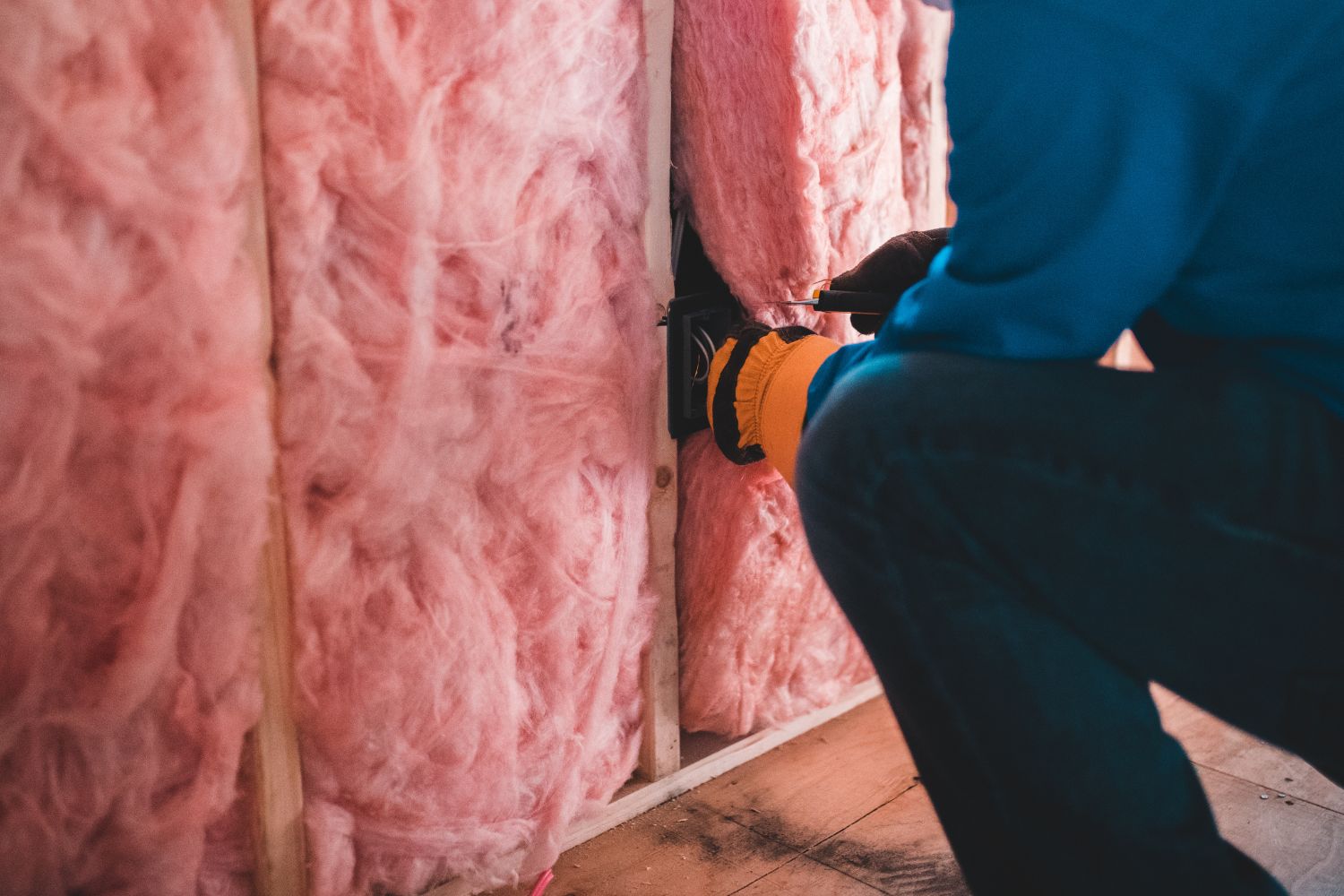
The insulation requirements will depend on the climate, building codes, and type of prefab wall system. Consult the manufacturer’s guidelines or an insulation contractor to determine the appropriate insulation type and R-value (thermal resistance) for the wall.

The wall surface should be clean, dry, and free of any obstructions. Remove any electrical boxes or other fixtures that may interfere with insulation installation.

Cut the insulation batts to fit the wall cavity and carefully insert them between the studs, ensuring a snug fit. Be sure to wear protective clothing, including gloves and a mask, as some insulation materials can cause skin irritation and respiratory issues.
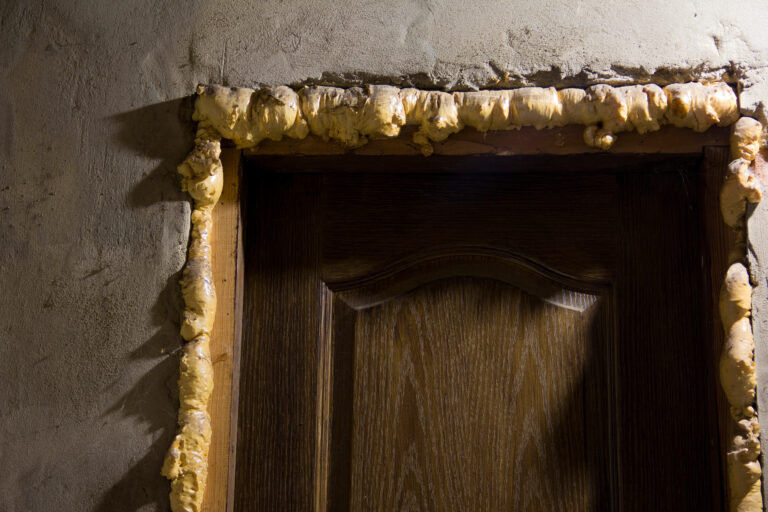
To prevent air leakage and improve insulation performance, seal any gaps or joints between the insulation and the wall frame using an appropriate sealant or tape.
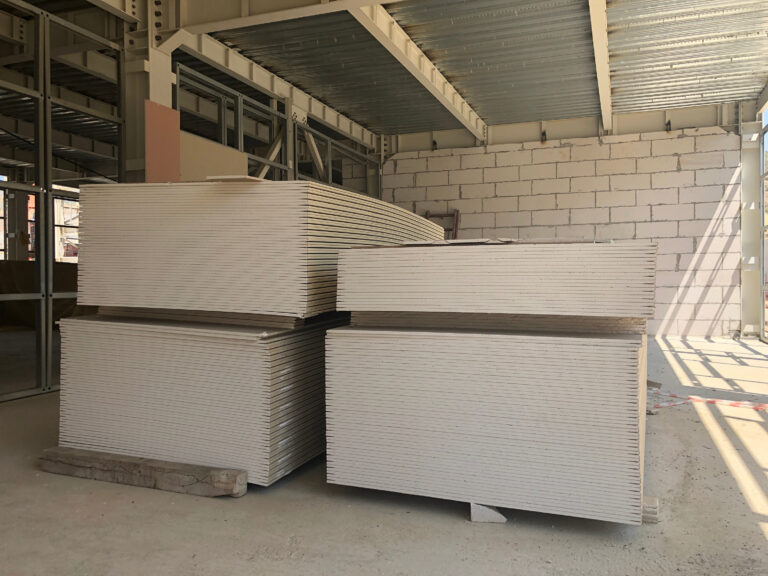
Once the insulation is installed and selected, finish the wall with drywall or other suitable materials.
Insulating a prefab garage is undoubtedly easy, but first, we need to understand and figure out what insulations are for prefab flooring and what the R-value on insulation is. For prefab flooring, three common insulation types are recommended. The best ones are listed below.
As for the R-value, it means how well the insulation can prevent heat loss from the building, which means the higher the R-value, the better and more significant the insulation performance. In the section below, we will cover the type of insulation, the R-value, and the pros and cons of the specific insulation.
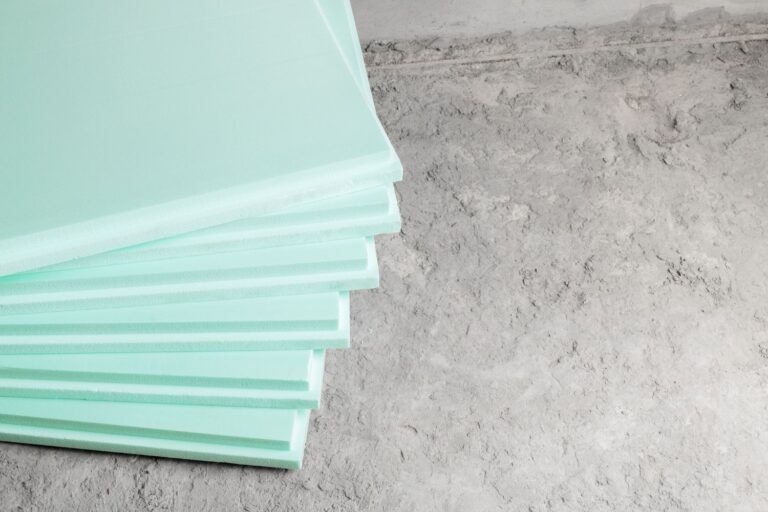
Rigid foam insulation is fabricated 4’ in width by 8’ in length and with a 2-inch thickness that gets installed between floor joists to keep the prefab garage warm in the winter. To fast the rigid foam insulation to the floor joist, apply construction adhesive on the top of the floor joists and screw the foam screw using ring shank nails with washers.
Fiberglass is easy to install and one of the most cost-effective insulations in the market. It is also very effective in keeping your prefab garage warm in the winter. Fiberglass is made of glass reinforced by tiny pieces of glass, which causes itchiness when installing the insulation. Fiberglass insulations are mildew and mold-resistant, which prolongs the life of the insulation by preventing mildew and mold from growing on it and causing it to rot.
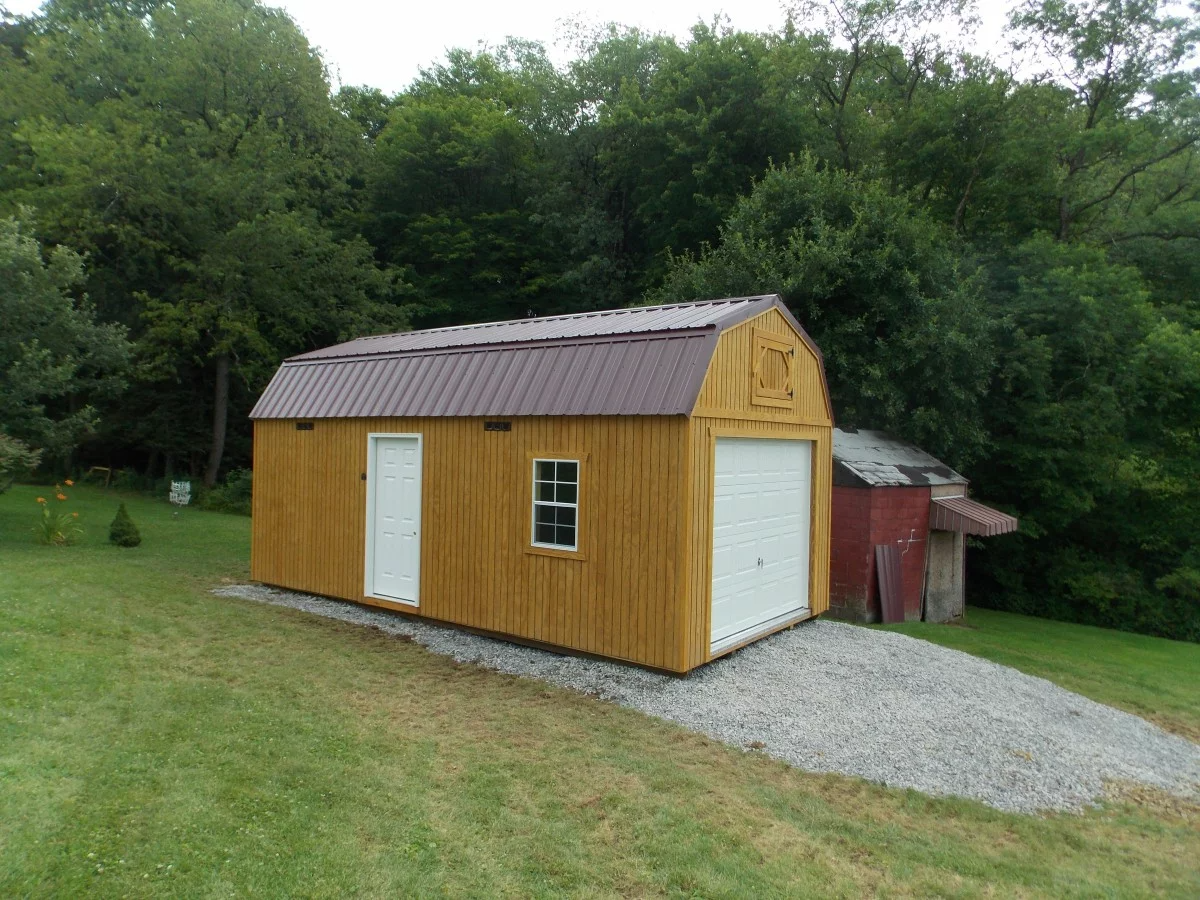
We have a large selection of custom-built prefab garages in stock. Having a prefab garage is ideal during the winter because vehicle parts and fluids can freeze, making your car less effective. Prefab garages keep your vehicle warm in the winter and protect it from theft and vandalism. Browse our inventory or have your prefab garage custom-built by submitting a free quote for your specific size and style.



Want to see if a Gold Star building is right for you? Get a FREE quote or use our 3D Builder to design your own shed, garage, or cabin!